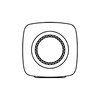If Black Sabbath had only ever recorded their first album, they still would have been a huge influence on music. Even if they stopped after their second album, Paranoid, the stakes would still have been raised enough for them to be regarded as legends. Because of an injury Tony Iommi sustained while working at a factory, and due to his persistence and ingenuity, Black Sabbath’s third album, Master of Reality, may have made the bigger mark on decades of metal to come.
Tony Iommi, whose name alone can incite most heavy metal fans to start rattling off greatest-of-all-time lists of which he tends to be at the top, is unparalleled when it comes to tapping a seemingly bottomless well of deceptively simple, slow, and sludgy metal riffs. He’s known, of course, for being a founding member and primary songwriter in Black Sabbath. In fact, of all the line ups and personnel changes Sabbath has undergone in their fifty-plus-year run, Iommi is the only continuous member.
Tony Iommi, whose name alone can incite most heavy metal fans to start rattling off greatest-of-all-time lists of which he tends to be at the top, is unparalleled when it comes to tapping a seemingly bottomless well of deceptively simple, slow, and sludgy metal riffs. He’s known, of course, for being a founding member and primary songwriter in Black Sabbath. In fact, of all the line ups and personnel changes Sabbath has undergone in their fifty-plus-year run, Iommi is the only continuous member.
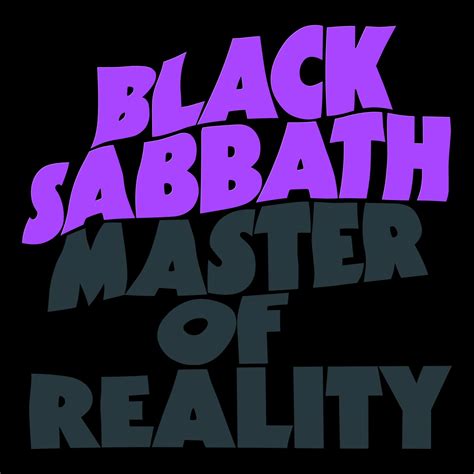
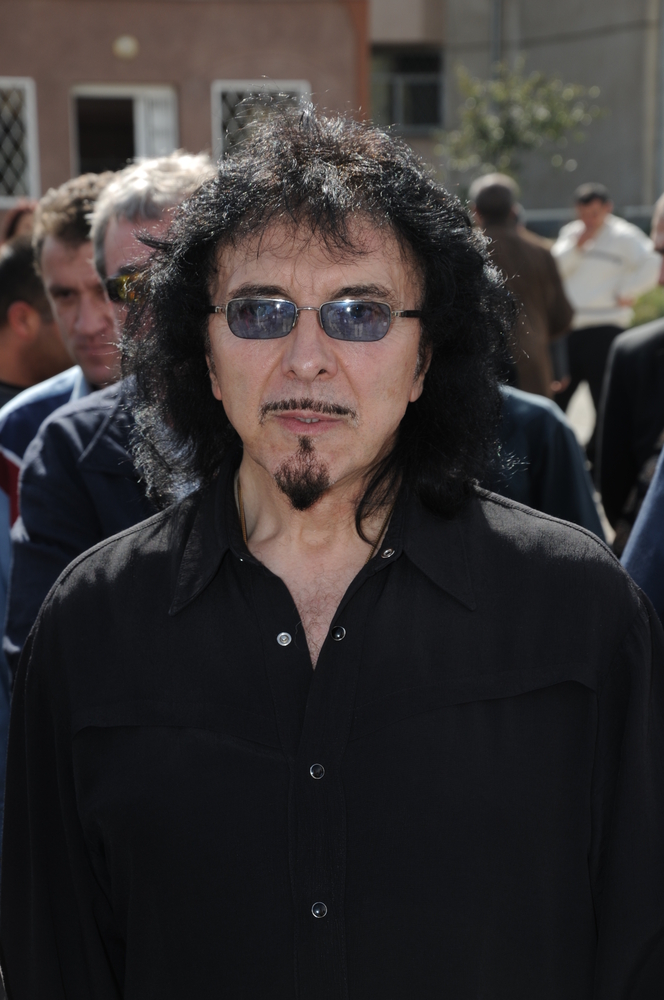
Before that Iommi was in several bands, and when one of them, the Birds and Bees, was booked for a European tour, Tony promptly gave notice at his factory job and set his sights for bigger and better things. On his last day of work, however, he was shifted to a position on a sheet metal press he’d never used before. Fate had other plans for the young guitarist and the tragic result was the loss of the tips of two of his fingers on his right hand in what was essentially an industrial guillotine. Iommi plays left-handed, so these were the fingers he used for fretwork. Surgical re-attachment was not an option, and he was told he would never be able to play the guitar again.
Tony was depressed and felt like he’d missed his chance at making a living doing the one thing he really loved. The foreman at the factory frequently paid Tony visits, and one day he brought along a Django Reinhardt record. Tony was impressed with the record, and the foreman explained that Reinhardt had only been playing with two fingers on the fretboard due to having his left hand burned severely in a fire that left him with limited use of his fingers.
Tony was depressed and felt like he’d missed his chance at making a living doing the one thing he really loved. The foreman at the factory frequently paid Tony visits, and one day he brought along a Django Reinhardt record. Tony was impressed with the record, and the foreman explained that Reinhardt had only been playing with two fingers on the fretboard due to having his left hand burned severely in a fire that left him with limited use of his fingers.
Now inspired, Tony was determined to find a way to play again. He initially made an attempt to re-learn by playing right-handed, but he grew impatient and instead tried a different method. He began experimenting with homemade prosthetic fingertips he made from items found around his house. He melted down an empty dishwashing liquid bottle and shaped bits of it with a soldering iron to make thimbles that he sanded into shape. He then wrapped them with cloth and eventually leather strips that he’d cut from his own jacket. He still had issues feeling the strings to determine how much pressure should be applied and bending them was difficult, so he looked for lighter gauge strings. These weren’t as readily available at the time, so he initially strung his guitar with banjo strings. Over time he would adjust his playing style to utilize his fingers to the best of his ability, though there were still certain chords he just couldn’t play anymore.
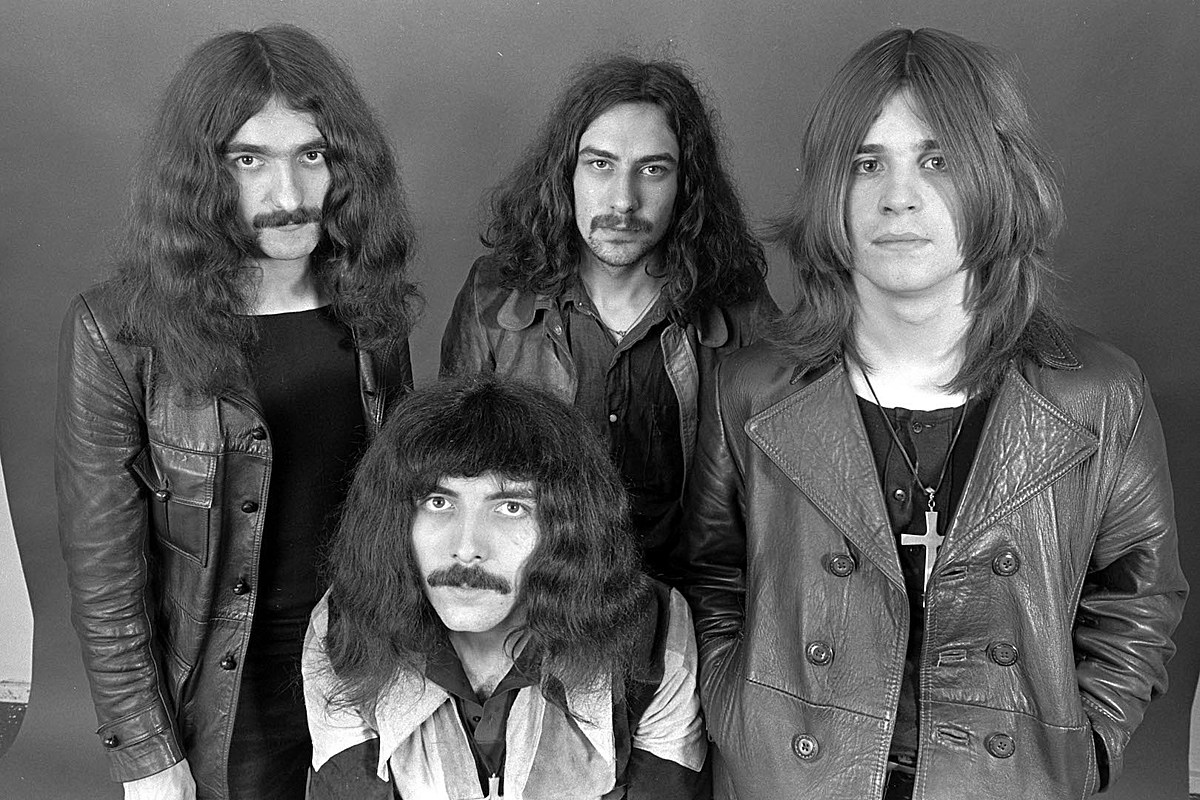
Before long he had joined another band called the Rest where he played with future Sabbath bandmate Bill Ward, and later the two would be in yet another band together, Mythology. All the while, Tony had been developing his sound, and eventually after Mythology’s break up, they got together with Ozzy Osbourne who drafted his former bandmate Geezer Butler on bass along with a slide guitar player and saxophonist to form the Polka Tulk Blues Band. That name of course wouldn’t stick, and after a short stint as Earth the band eventually changed their name to Black Sabbath.
Tony had to play chords that would allow him to use his fingers in a different way—he would need to incorporate his pinky more and rely on power chords to avoid the full chords that would sound muted when he played them. He would also play vibrato on chords to give them a fuller sound, and along with Geezer Butler’s bass doubling what he played on guitar, his new approach resulted in a thick heavy sound.
Tony had to play chords that would allow him to use his fingers in a different way—he would need to incorporate his pinky more and rely on power chords to avoid the full chords that would sound muted when he played them. He would also play vibrato on chords to give them a fuller sound, and along with Geezer Butler’s bass doubling what he played on guitar, his new approach resulted in a thick heavy sound.
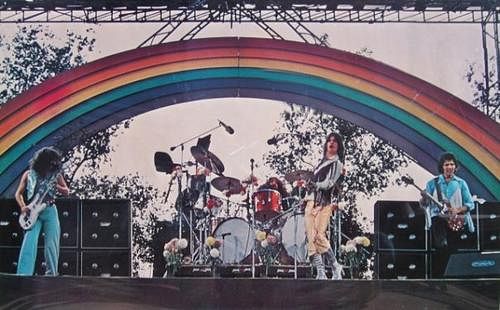
Before long he had joined another band called the Rest where he played with future Sabbath bandmate Bill Ward, and later the two would be in yet another band together, Mythology. All the while, Tony had been developing his sound, and eventually after Mythology’s break up, they got together with Ozzy Osbourne who drafted his former bandmate Geezer Butler on bass along with a slide guitar player and saxophonist to form the Polka Tulk Blues Band. That name of course wouldn’t stick, and after a short stint as Earth the band eventually changed their name to Black Sabbath.
Tony had to play chords that would allow him to use his fingers in a different way—he would need to incorporate his pinky more and rely on power chords to avoid the full chords that would sound muted when he played them. He would also play vibrato on chords to give them a fuller sound, and along with Geezer Butler’s bass doubling what he played on guitar, his new approach resulted in a thick heavy sound.
Tony had to play chords that would allow him to use his fingers in a different way—he would need to incorporate his pinky more and rely on power chords to avoid the full chords that would sound muted when he played them. He would also play vibrato on chords to give them a fuller sound, and along with Geezer Butler’s bass doubling what he played on guitar, his new approach resulted in a thick heavy sound.
While the first two Black Sabbath albums were chock full of the hallmarks of metal to come, Master of Reality, with its down-tuned tracks, went beyond to inspire new sub-genres: sludge metal, doom metal, and stoner rock. Without this album there might not have been any Queens of the Stone Age, Sleep, Melvins St. Vitus, or Candlemass. It’s not hard to imagine there would have been a different sound from Black Flag’s later albums, or a good portion of what would be lumped under the banner of grunge, especially early Soundgarden and Jerry Cantrell’s guitar sound. These days, drop D and down tunings are ubiquitous, and not just in heavy metal and hard rock. It’s to the point that you might instead question the reason an artist would choose a standard tuning for many genres of music, and Tony Iommi certainly did a lot to make that a reality.
Tony could have called it quits after his accident, and if he had, heavy music might just have been a lot less exciting and compelling. Instead, he met with adversity and decided that innovation and drive was the way forward to following his passion for guitar playing. There’s a good bit of music--and a lot of metal--that is much better for it. Give Master of Reality a listen when you can, it’s an album worth taking the time for whether you’re a metal fan, a guitar player, or just someone who appreciates musicians who take a different approach to their playing.
Tony could have called it quits after his accident, and if he had, heavy music might just have been a lot less exciting and compelling. Instead, he met with adversity and decided that innovation and drive was the way forward to following his passion for guitar playing. There’s a good bit of music--and a lot of metal--that is much better for it. Give Master of Reality a listen when you can, it’s an album worth taking the time for whether you’re a metal fan, a guitar player, or just someone who appreciates musicians who take a different approach to their playing.

When it came time to record Master of Reality, Tony was still experiencing some pain in his fingertips while playing. So, he decided to try down tuning his guitar a minor third, specifically on the songs “Children of the Grave”, “Lord of This World”, and “Into the Void”. Tony often chose to play his power chords lower on the neck too, which also helped define his playing sound, and on these songs, it was a choice that fattened the sound. Guitarists had experimented with down tuning before, Jimi Hendrix is a notable example, but the sound that resulted had never been so definitive. It both embodied and progressed the ethos of heavy metal. “Children of the Grave” is a barrage of sludgy power chords and palm muted chugging with the lowest string open and “Into the Void” has more classic metal riffs than a lot of full albums do.
While the first two Black Sabbath albums were chock full of the hallmarks of metal to come, Master of Reality, with its down-tuned tracks, went beyond to inspire new sub-genres: sludge metal, doom metal, and stoner rock. Without this album there might not have been any Queens of the Stone Age, Sleep, Melvins St. Vitus, or Candlemass. It’s not hard to imagine there would have been a different sound from Black Flag’s later albums, or a good portion of what would be lumped under the banner of grunge, especially early Soundgarden and Jerry Cantrell’s guitar sound. These days, drop D and down tunings are ubiquitous, and not just in heavy metal and hard rock. It’s to the point that you might instead question the reason an artist would choose a standard tuning for many genres of music, and Tony Iommi certainly did a lot to make that a reality.
Tony could have called it quits after his accident, and if he had, heavy music might just have been a lot less exciting and compelling. Instead, he met with adversity and decided that innovation and drive was the way forward to following his passion for guitar playing. There’s a good bit of music--and a lot of metal--that is much better for it. Give Master of Reality a listen when you can, it’s an album worth taking the time for whether you’re a metal fan, a guitar player, or just someone who appreciates musicians who take a different approach to their playing.
Tony could have called it quits after his accident, and if he had, heavy music might just have been a lot less exciting and compelling. Instead, he met with adversity and decided that innovation and drive was the way forward to following his passion for guitar playing. There’s a good bit of music--and a lot of metal--that is much better for it. Give Master of Reality a listen when you can, it’s an album worth taking the time for whether you’re a metal fan, a guitar player, or just someone who appreciates musicians who take a different approach to their playing.
By Mike Vale for KEF



